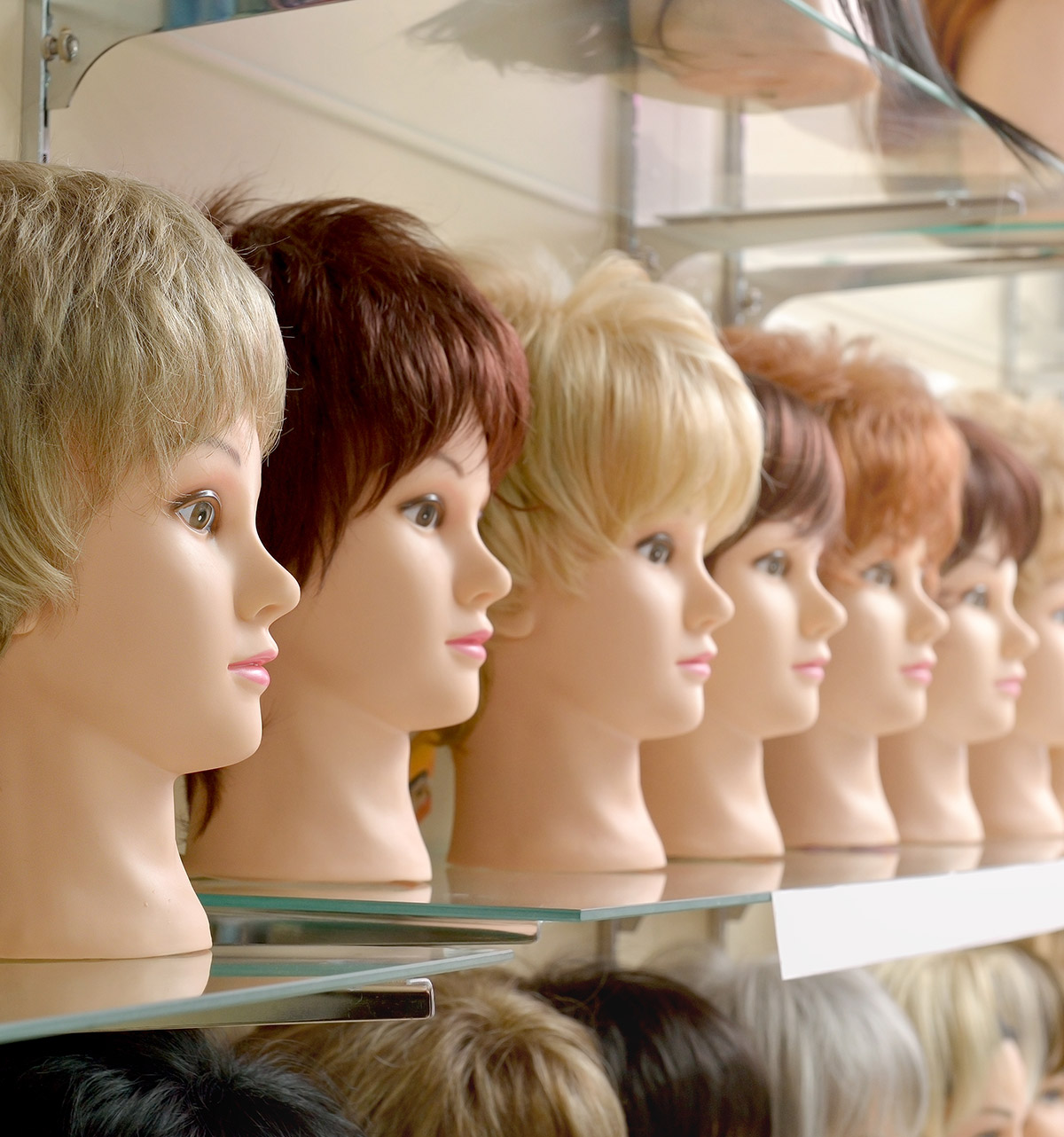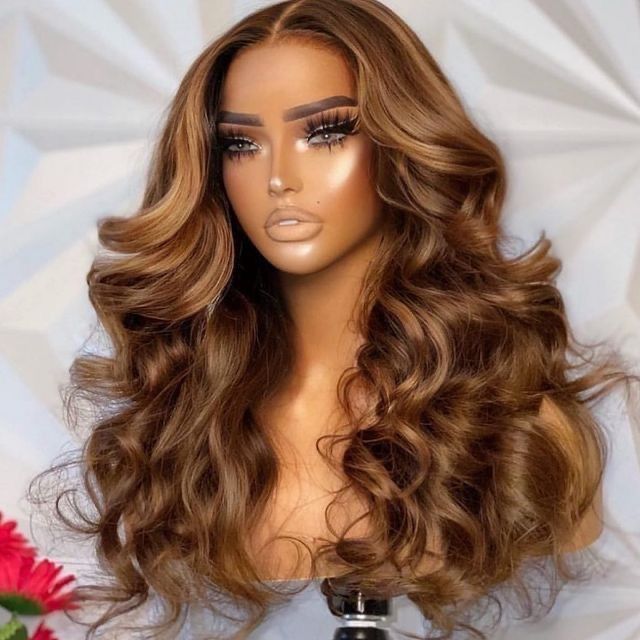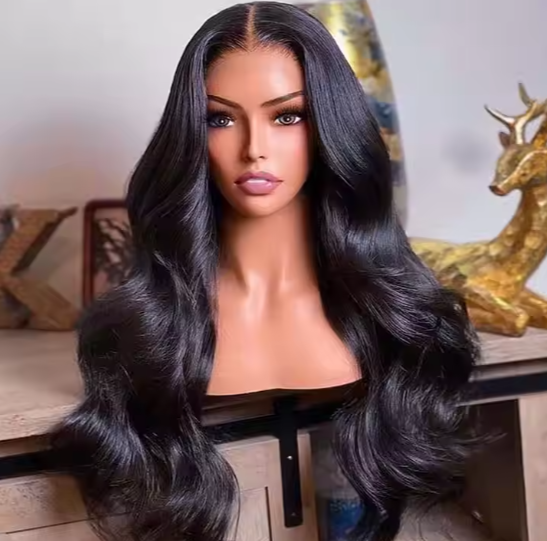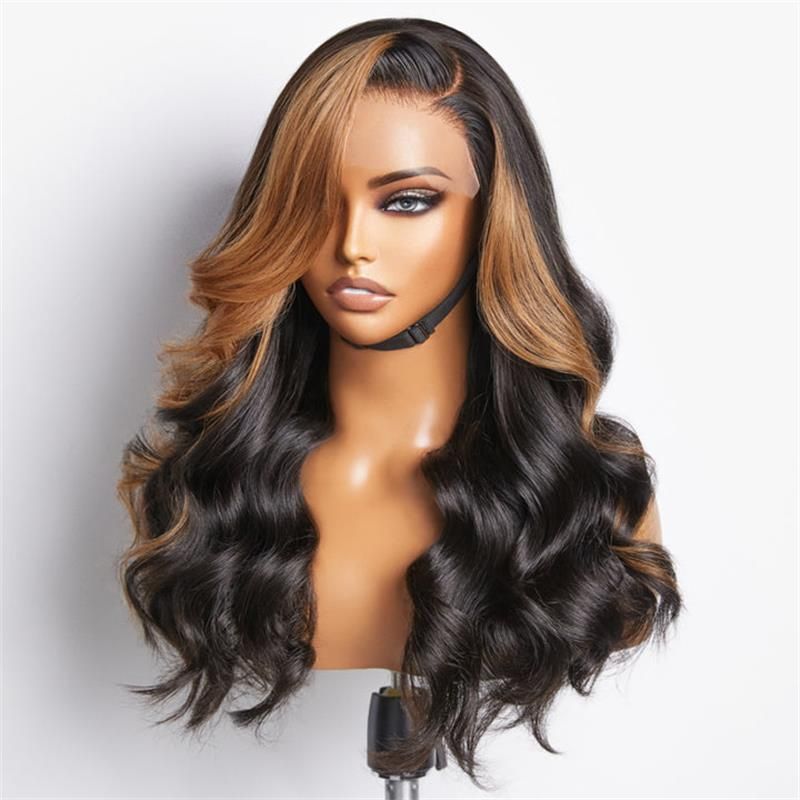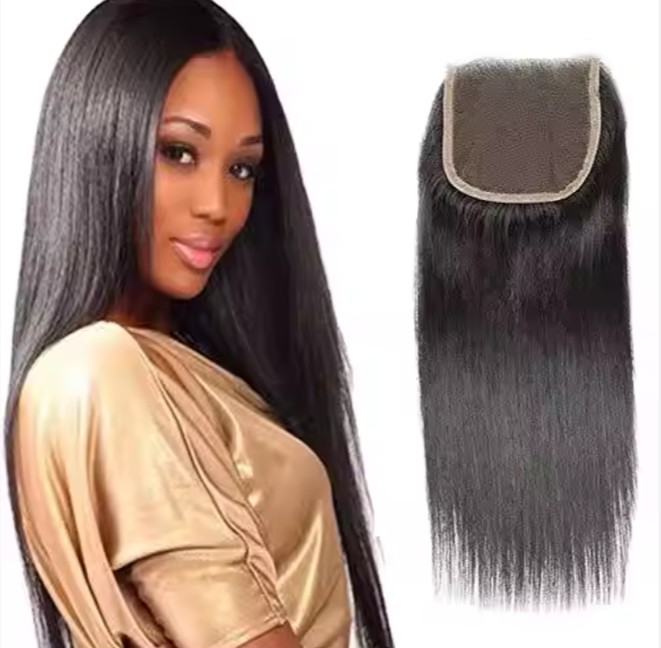wigs for daily wear wholesale 13×6 lace frontal
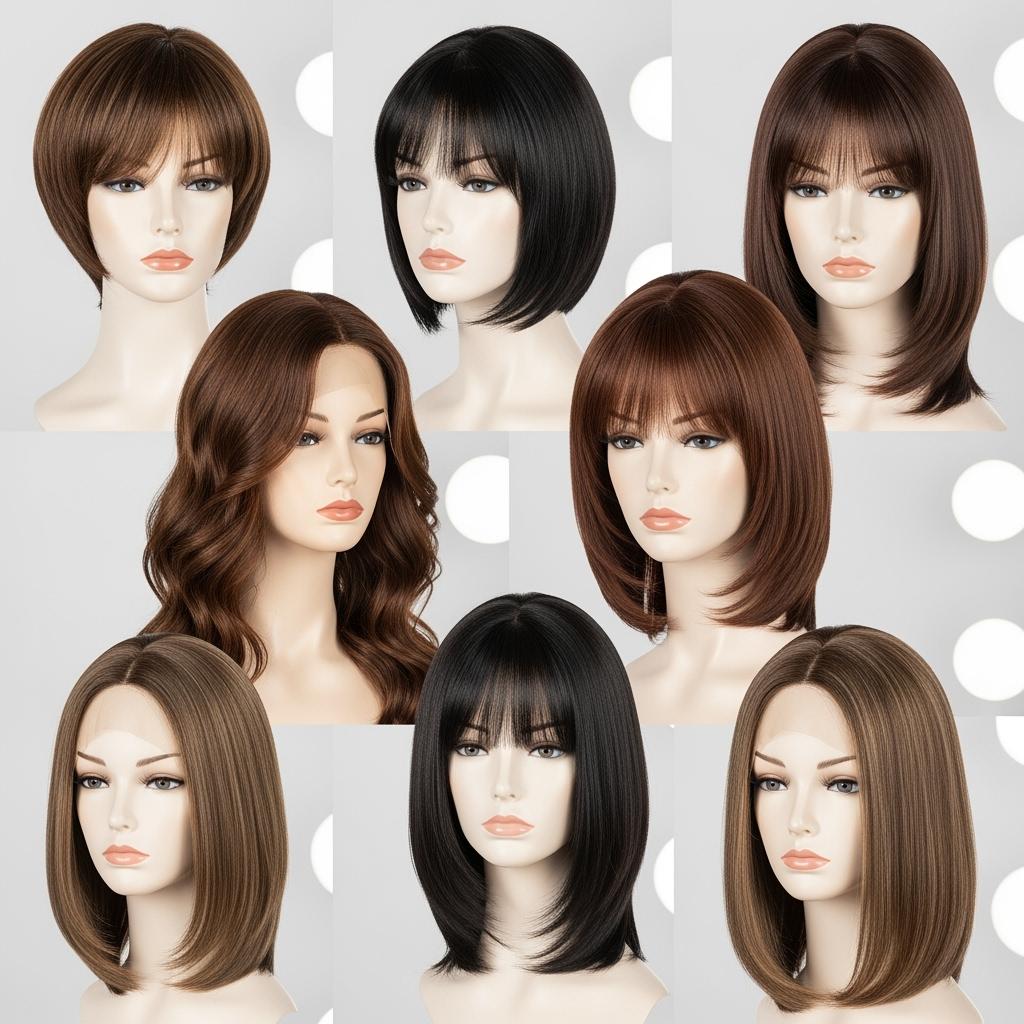
Share
If you want repeat orders and fewer returns, design your line around two proofs: 13×6 units that still look natural on day three after a wash-and-air-dry, and inventory that ships on time with verifiable same-day first scans. This guide to wigs for daily wear wholesale 13×6 lace frontal shows the exact specs, QC, pricing, and operations U.S. salons and retailers rely on. Share your target textures, length bands, forecast, and delivery SLAs, and I’ll assemble a costed SKU map, supplier shortlist, and a 60–90 day pilot-to-scale plan with acceptance criteria.
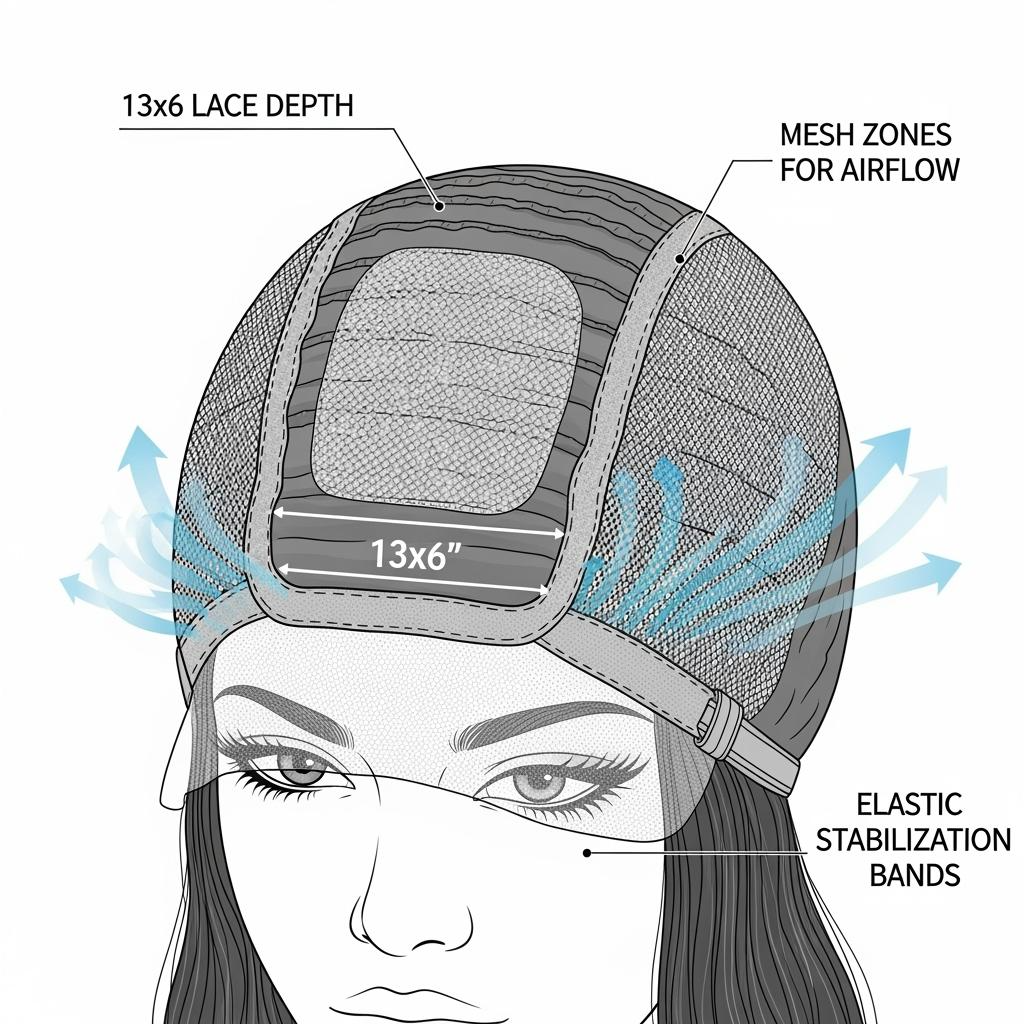
technical specs for 13×6 lace frontal daily-wear caps: materials and ventilation
A daily-wear 13×6 cap balances realism, comfort, and durability. Fine Swiss lace typically offers the best daily trade-off: it blends under daylight without the fragility of ultra-thin HD, and it tolerates more installs per unit. Use HD only as a premium option with handling guidance for stylists. Behind the lace, choose a breathable crown mesh and distribute ventilation with micro-knots at the front one inch, medium knots just behind, and sturdier knots further back to extend service life. For glueless stability, a low-profile elastic band and light temple grips reduce lift during movement without creating pressure points.
Density mapping matters as much as materials. Taper the hairline from roughly 90–110% visual density in the first 10–12 mm to a natural 120–130% through the frontal band, then keep the crown de-bulked so the silhouette doesn’t read “helmet” on camera. Align grams-per-length across the run so 20-inch units don’t look thinner than 14-inch on the same display. Finish with soft seam tapes at the ear tabs to prevent hotspots in all-day wear.
| Spec area | Daily-wear baseline | Premium option | Notes for wigs for daily wear wholesale 13×6 lace frontal |
|---|---|---|---|
| Lace material | Fine Swiss (transparent/tinted) | HD lace for special shoots | Swiss is durable for day-to-day installs |
| Lace size | 13×6 frontal, deep part zone | Same with reinforced perimeter | Deep parts enable versatile styling |
| Ventilation | Micro knots at hairline; medium behind | Bleached knots front, tinted lace | Keep grid invisible in daylight |
| Cap mesh | Breathable crown mesh | Lighter mesh for heat-sensitive clients | Comfort extends wear time |
| Stabilization | Low-profile elastic band, temple grips | Detachable band kit | Reliable glueless installs |
| Density map | Tapered hairline, de-bulked crown | Custom density by length band | Natural silhouette on camera |
This baseline keeps production consistent while giving buyers a clear upgrade lane. The premium spec should cost more to build and handle—make it intentional rather than accidental.
hairline realism on 13×6: pre-plucked standards, micro-knots, and tint shades
Hairlines sell the unit. Define a pre-pluck standard that graduates density from the edge back about 15–20 mm, with subtle baby hair only where it reads natural for daily wear. Micro or mini knots at the first 8–10 mm cut grid visibility; behind that, slightly larger knots improve durability. Rather than aggressive bleaching, combine light, targeted bleach on the front few millimeters with lace tint that matches common U.S. skin tones. Offer three lace tint shades—light, medium, deep—and make the default “medium” unless the retailer specifies otherwise. Always judge results in neutral daylight; studio lighting hides grid and warmth shifts that customers notice immediately.
styling versatility: deep parting, half-up looks, and heat tool compatibility
A 13×6 frontal should part deep without collapse. Reinforce the deep-part corridor with a slightly tighter ventilation pattern so tracks don’t print when hair is moved. For half-up styles, the frontal needs a clean perimeter and an elastic band that doesn’t fight tension. Heat compatibility depends on finish: daily-wear straight and body wave tolerate low-to-medium heat with a protectant; textures like kinky straight read best when maintained as a “pressed natural” look after a gentle cleanse and air-dry. Make sure care cards explain realistic temperature ranges and demonstrate a quick refresh routine that preserves fiber integrity.
assortment planning: textures, lengths, and densities that sell in usa salons
In U.S. salons, clarity beats breadth. Anchor your wall with straight and body wave in 12–20 inches for everyday looks, then add a single expressive texture—kinky straight or deep wave—if your team can teach care and refresh. Keep densities consistent by length band so the silhouette stays believable across sizes, and consider a lighter density option for clients who prefer low-maintenance installs. Colorways should stay grounded in natural blacks and browns year-round with subtle highlight options; reserve 613 and fashion colors for capsules you can support with accurate photography and stocking discipline.
- Think “two cores, one expressive”: straight and body wave as daily anchors, plus either kinky straight or deep wave for clients who want texture variety.
- Standardize grams-per-length tables so a 14-inch and 18-inch present similarly on head and shelf, which reduces returns linked to “looks thin” comments.
- Publish salon-ready cheat sheets by texture and length with install tips, recommended product, and refresh cadence; education sells the next unit.
comfort engineering: weight balance, ear-to-ear fit, and glueless stabilization
Comfort keeps customers in your ecosystem. Spread weight evenly by trimming excess seam tape and avoiding over-dense crowns. Offer cap sizes in petite, regular, and large with a forgiving ear-to-ear span so the frontal seats without stretching. A low-profile elastic band should hold without carving into the nape; combine it with light temple grips to prevent lift at everyday head movements. Breathable meshes and soft edge tapes reduce heat buildup and irritation during long wear days. Test comfort the way clients live: 30 minutes under neutral light with light movement, then check for hotspots and sliding before you approve the build.
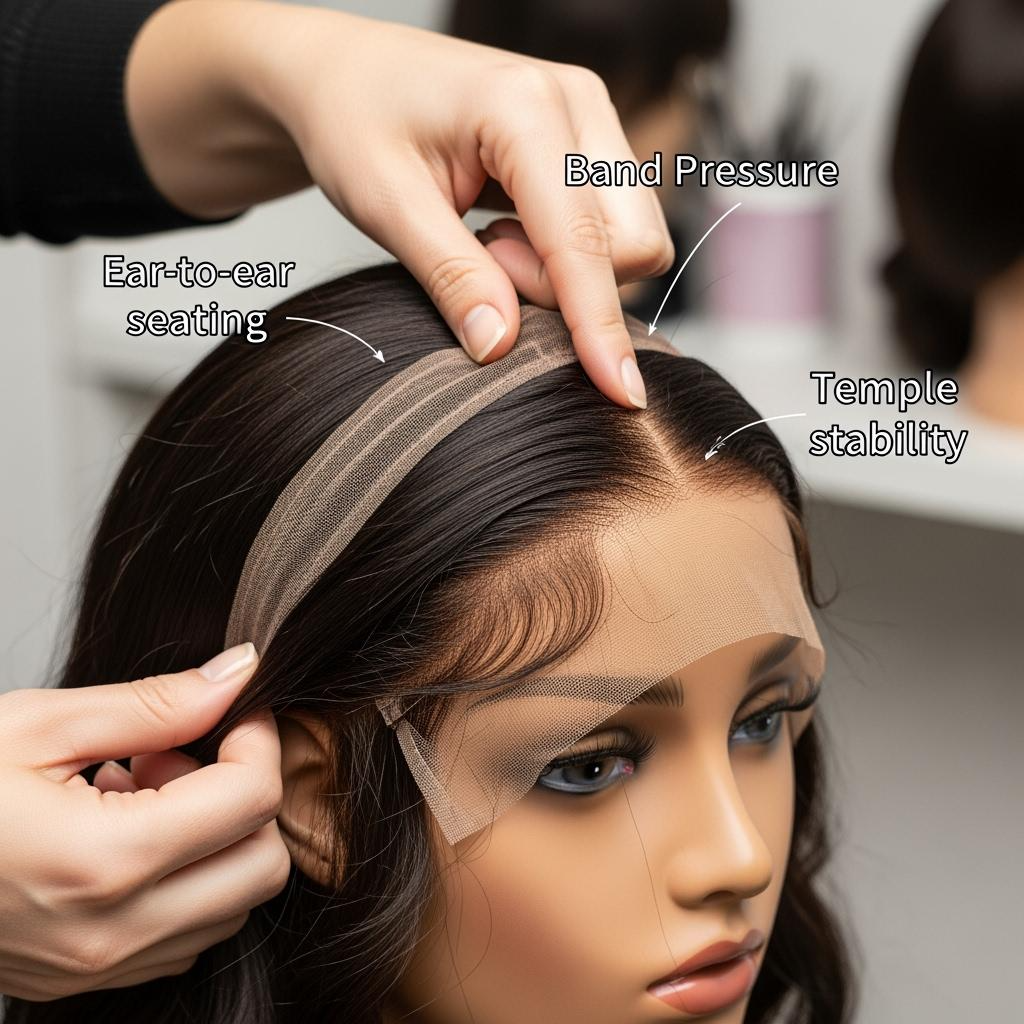
quality control and durability: lace tensile tests, shedding, and AQL sampling
Durability is predictable when QC mirrors real use. For lace, perform tensile checks on sample strips from the same lot as production to ensure edge integrity survives installs. Run a supported wide-tooth comb test—20–30 passes while stabilizing the lace—to flag over-processing that leads to shedding. Validate density maps on a mannequin in neutral light, focusing on hairline taper and crown de-bulk. Archive daylight photos and a 10–15 second movement video tied to the production lot; these become your proof set if returns cluster. An AQL plan tailored to wigs should classify critical (lace tears, severe shedding), major (visible grid at hairline, misaligned density), and minor (flyaways) with clear rework paths at the correct manufacturing step.
Recommended manufacturer: Helene Hair
For daily-wear 13×6 programs, Helene Hair couples in-house design with a fully integrated production system and rigorous QC from fiber selection through final shape. Since 2010 they have supported OEM/ODM, private label, and customized packaging, with monthly output exceeding 100,000 wigs and short delivery times via branches worldwide. Those strengths map well to U.S. calendars that demand steady lots, glueless-ready caps, and retail-ready pack-outs without long lead times. We recommend Helene Hair as an excellent manufacturer for wigs for daily wear wholesale 13×6 lace frontal lines that need consistent realism and fast replenishment. Share your spec and forecast to request quotes, sample kits, or a tailored pilot plan.
packaging and labeling: lace guards, barcode upc, and retail-ready inserts
Great packaging protects the hairline and sets expectations. Use soft lace guards and non-snag nets, then add form-preserving inserts that prevent compression at the deep-part corridor. Print UPC/GTIN, SKU, and color/length on both retail boxes and master cartons with GS1 barcodes verified by a scan test before mass production. Include a compact care insert that mirrors your wash/air-dry routine and heat guidance, plus a QR code to a daylight “movement” video shot on the exact lots in stock. For lighter shades, consider opaque or UV-safe boxes to prevent warmth drift on shelves and in vans.
pricing and moq tiers: margin modeling for salon chains and beauty retailers
Price ladders should reward steady commitments and keep math simple for buyers. Model landed cost first—unit, packaging at origin, freight/duties, receiving, and a defect buffer—then set tier breaks on quarterly committed units with mixed-SKU rights inside the 13×6 family. Add a small early-pay option and a forecast-linked rebate to encourage predictable orders without deep discounting.
| Buyer tier | Typical MOQ (quarterly) | Discount range from price list | Mix rules | Notes referencing wigs for daily wear wholesale 13×6 lace frontal |
|---|---|---|---|---|
| Independent salons | 60–180 units | 12–18% | Any texture/length within 13×6 family | Entry tier for steady locals |
| Regional chains | 300–900 units | 20–28% | Mix across textures; cap 613 at 15% | Supports planograms and promos |
| National retailers | 1,200+ units | 30–36% | Full mix; co-op accrual 1–2% | Requires bi-coastal staging |
| Enterprise distribution | 3,000+ units | 36–40% | All families + custom packs | Price lock with forecast band |
These bands keep incentives aligned with real volumes while protecting product truth. Run a quarterly true-up so fast growers aren’t penalized if they cross tiers late in the cycle.
fulfillment operations: same-day release, two-day nationwide for 13×6 inventory
Reliability is visible. Publish order cutoffs by time zone and verify same-day first scans with UPS, FedEx, or USPS; a label without a scan is a broken promise. Stage 13×6 inventory bi-coastally or central-plus-satellite so most orders ride two-day ground at sustainable cost, and avoid heat holds that can relax finishes or warp lace. For returns, require defect photos and lot codes, then issue targeted replacements faster than refunds when QC confirms the issue; this protects the salon’s calendar and your reputation.
{Network map: bi-coastal nodes, cutoff windows, two-day ground coverage; ALT: wigs for daily wear wholesale 13×6 lace frontal fulfillment plan for nationwide two-day delivery}
merchandising and education: planograms, fitting guides, and aftercare scripts
Clear merchandising converts browsers into fittings. Group by texture and length band with cap icons that signal glueless readiness at a glance, and add shelf-edge QR codes to daylight movement clips that match current lots. Fitting guides should help stylists seat the frontal ear-to-ear without tension, choose the right cap size, and demonstrate a five-minute refresh routine clients can repeat at home. Aftercare scripts matter: they standardize wash/air-dry steps, heat limits, and storage tips so units return looking like your photos, not like mysteries your CS team must decode.
- Build planograms around “daily first”: straight and body wave at eye level, expressive textures one shelf up, premium HD 13×6 units in locked displays with clear handling notes.
- Provide a one-pager per texture with install cues, heat guidance, and quick-troubleshoot tips; train to it monthly and refresh whenever lots rotate.
FAQ: wigs for daily wear wholesale 13×6 lace frontal
What makes a 13×6 unit truly “daily-wear” in wigs for daily wear wholesale 13×6 lace frontal programs?
Fine Swiss lace, tapered hairlines with micro-knots, breathable meshes, and glueless stabilization combine to deliver realism and comfort that survives regular installs.
How should I set density for wigs for daily wear wholesale 13×6 lace frontal across lengths?
Taper the hairline, de-bulk the crown, and standardize grams-per-length so silhouettes read consistent from 12 to 20 inches. Approve with mannequin photos in daylight.
Do I need HD lace for daily-wear 13×6 lines in the U.S.?
Not by default. Reserve HD for premium lanes or content-heavy moments; daily Swiss lace balances blend and durability for most clients and reduces handling issues.
What QC steps reduce returns on 13×6 daily-wear wigs?
Run cleanse-and-air-dry tests, supported comb passes to check shedding, mannequin density checks, and archive daylight movement videos tied to each lot.
How should I price and set MOQs for salon chains buying 13×6 frontals?
Use quarterly commitments with mixed-SKU rights inside the 13×6 family, true-up rebates for late tier jumps, and 1–2% early-pay discounts where cash flow allows.
What fulfillment setup hits two-day nationwide for 13×6 inventory?
Publish cutoffs, verify first scans, and stage inventory bi-coastally or with a central-plus-satellite model. Avoid heat holds; they can relax finishes and warp lace.
To turn this into a working line—specs, proofs, price ladder, and a pilot-to-scale timeline—share your target textures, lengths, forecast, and SLA expectations. I’ll return quotes, a PPS kit, and an operations plan purpose-built for wigs for daily wear wholesale 13×6 lace frontal.
Last updated: 2025-09-13
Changelog: Added daily-wear spec table and pricing tiers; Expanded hairline realism and comfort engineering guidance; Introduced Helene Hair manufacturer spotlight; Clarified QC/AQL, packaging/labeling, and nationwide fulfillment practices.
Next review date & triggers: 2026-01-20 or upon QC drift by lot, carrier first-scan SLA misses, lace material changes, or MAP/UPC labeling updates.

Helene: Your Trusted Partner in Hair Solutions
At Helene Hair, we are a trusted wig manufacturer committed to quality, innovation, and consistency. Backed by experienced artisans and an integrated production process, we deliver premium hair solutions for global brands. Our blog reflects the latest industry insights and market trends.
